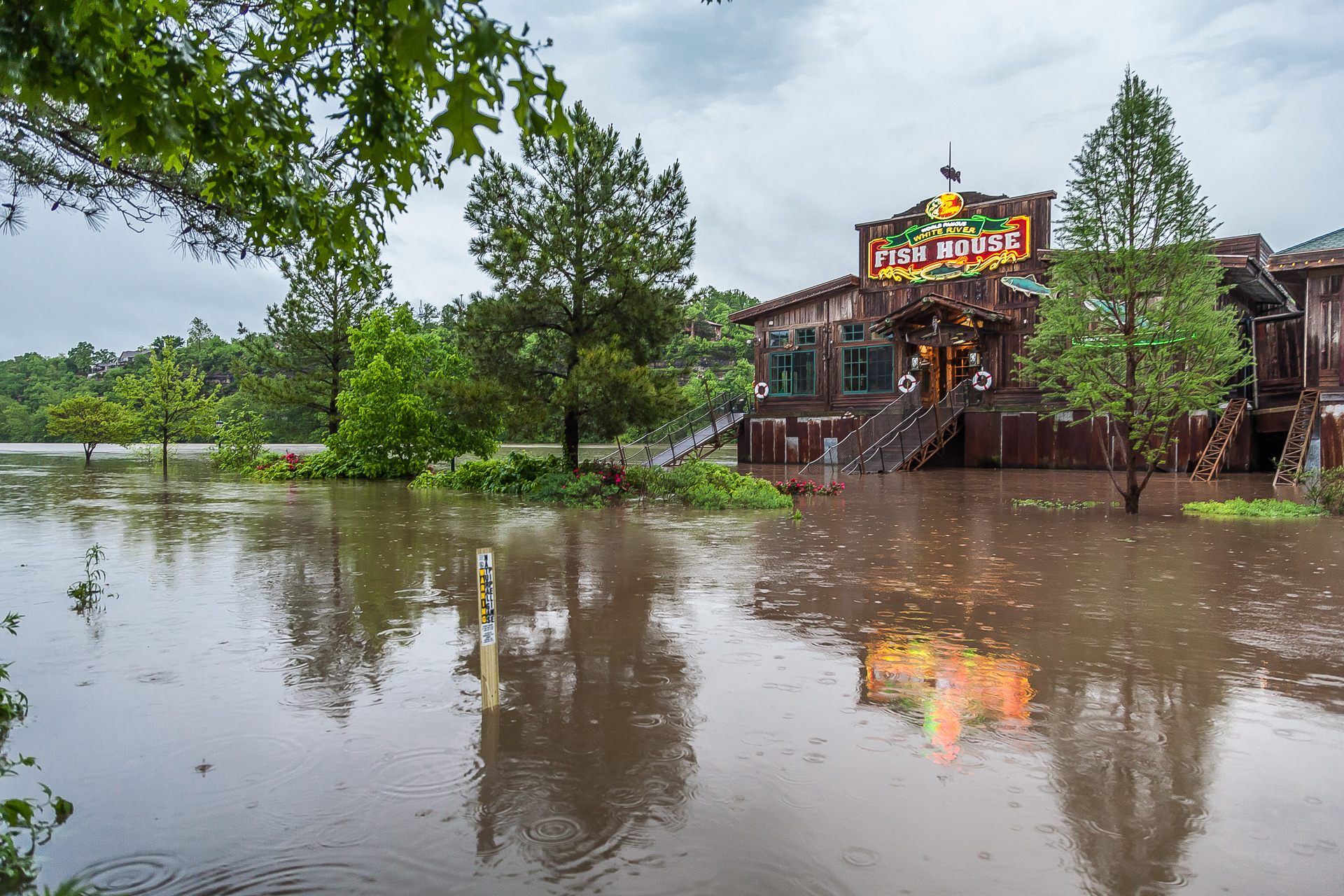By David Schwartz
PHOENIX (Reuters) – Authorities searched on Monday for a missing man after a flash flood crashed down an Arizona canyon, law enforcement officials said, reportedly killing his wife and eight other family members at a popular swimming spot north of Phoenix.
Searchers scoured an area of the Tonto National Forest for an unidentified 27-year-old man who officials said was among 14 members of an extended family hit by a wall of flood water on Saturday afternoon.
Nine of the family, ranging in age from 2 to 57, died in the floodwaters on Saturday afternoon, according to a statement on Monday from the Gila County Sheriff’s Department.Four others from the Phoenix family, aged between 1 and 29, were rescued and survived the incident.
The Arizona Republic newspaper identified the missing man as Hector Miguel Garnica and said that the dead included Garnica’s wife, Maria Raya, 25, and her three children, Emily, 3, Mia, 5, and Hector Daniel, 7. Also killed was Selia Garcia, who authorities said was 57 and whom the Republic identified as Raya’s mother.
The group of 14 was swept down the creek after a thunderstorm hit about eight miles away in an area that had been burned by a nearly 7,200-acre wildfire last month, according to authorities.
Officials with the National Weather Service said one to 1.5 inches fell in 20 to 30 minutes in the area near Payson, about 90 miles (145 km) northeast of Phoenix.
A video posted on social media showed a muddy, debris-filled torrent that hit Ellison Creek, rushing down a narrow canyon where the swimmers were taking in the cool waters at the popular spot.
Three bodies were recovered on Saturday, with the other six recovered on Sunday, officials said.
Forecasters said they were concerned about additional possible flash flooding projected for central and southern Arizona.
The National Weather Service in Phoenix said that most of Arizona was under flash flood watch until Monday evening, warning that the monsoon air mass over the region was very wet and conducive to heavy thunderstorm rain that could lead to flood or flash flooding.
(Reporting by David Schwartz, additional reporting by Taylor Harris; Editing by Andrew Hay and Patrick Enright)









